We have explored many different transformational processes from Bach’s toolbox: transcription or arrangement of music by other composers, transcription of his own instrumental music and recycling of his own vocal […]
Next-Level Transformation
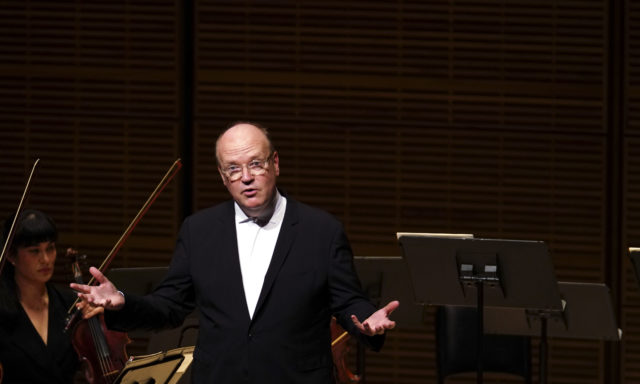
We continue our journey with Bach’s Goldberg Variations with Bernard Labadie’s unique arrangement of the work for full Baroque ensemble. Pedja Muzijevic’s Bach Family Album, builds on his Bach Dialogues, and explores the relationship between J.S. Bach and two of his sons through their keyboard music.

We have explored many different transformational processes from Bach’s toolbox: transcription or arrangement of music by other composers, transcription of his own instrumental music and recycling of his own vocal […]
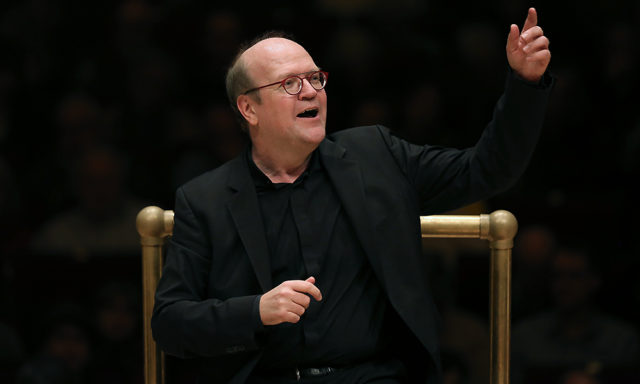
There is no doubt that Bach was well aware of his worth and place in the music world of his time. Why wouldn’t he be? We have numerous reports of […]
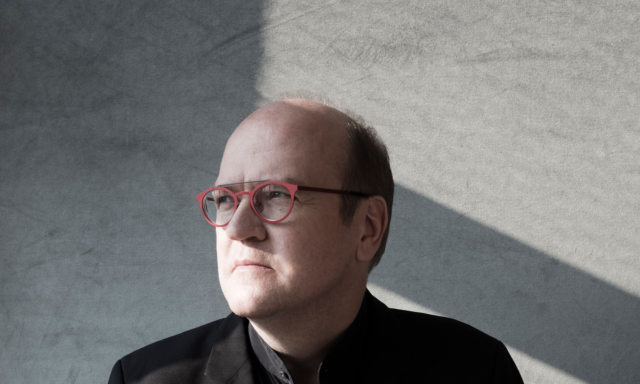
Bach, like many of his contemporaries, had a habit of collecting and organizing pieces of similar nature in groups of six or its multiples. You might very well have seen […]
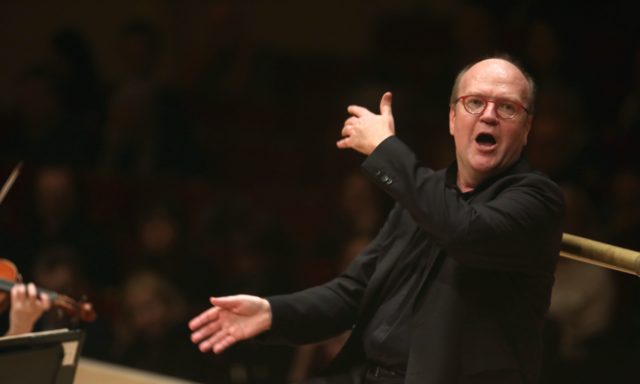
In another essay I introduce the concept of parody, the process by which composers (Bach in particular) adapt a new text to preexisting music. Here I would like to explore […]
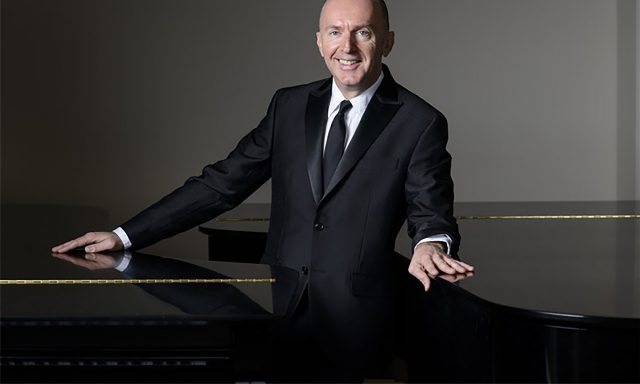
One of my great mentors at the Juilliard School (and afterwards) was harpsichordist Albert Fuller. It so happens that I know Jim Roe, current President and CEO of Orchestra of St. […]
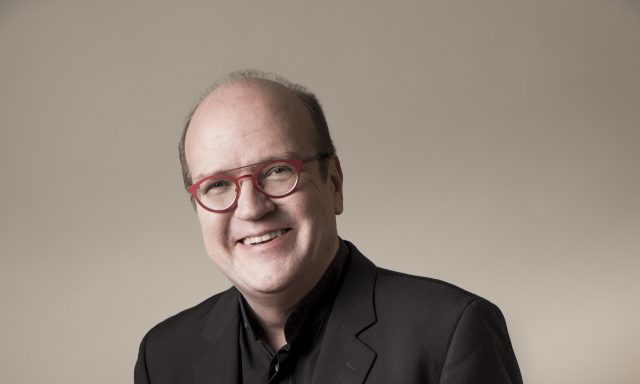
Once in a while I feel the need to divert slightly from the music of Bach himself in order to put it in better context. We have visited Dietrich Buxtehude […]

Although we previously discussed, at length, the progress of the Historically Informed Performance (HIP) movement from the pioneering days of the 1970s, there is one period instrument we haven’t discussed: the […]

[…]
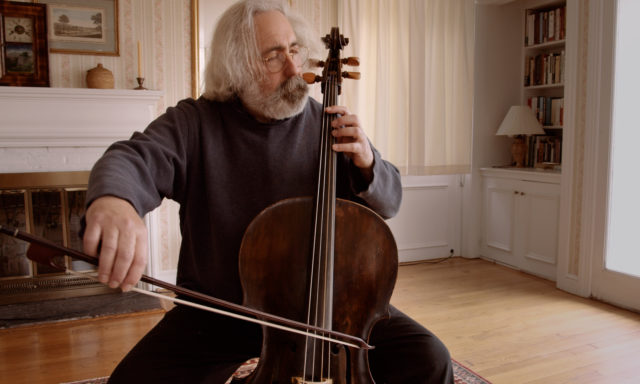
[…]
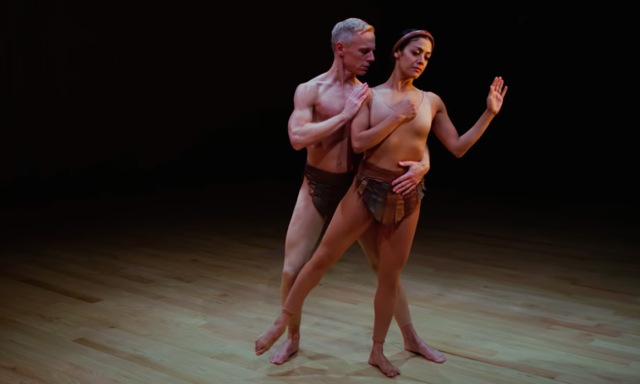
[…]